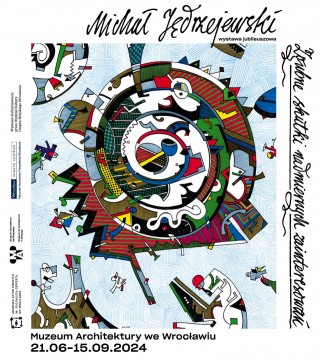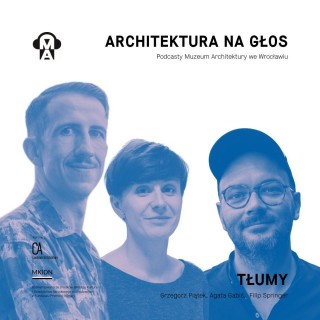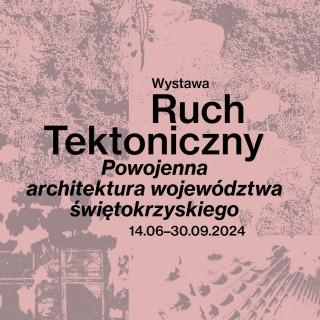Vue d’optique and the optical machines
exhibition runs till August 4, 2024
Lens, mirror, and graphics. These three elements are all that is needed to create the illusion of a three-dimensional space. While the interactive experience of reality is the domain of the modern world, the zograscope, an 18th-century optical machine, stands at the dawn of advanced visual technologies. While the name may sound mysterious, this simple device produces an impressive illusion. When combined with properly prepared graphics, it enables three-dimensional travel in the realm of imagination.

The graphics, known as vue d’optique in French, were intended to be viewed through a zograscope and presented a unique type of perspective. They depicted architecture, urban design or landscapes. When combined with the optics of the machine, they created the illusion of a real space.
A zograscope consists of a lens and a mirror. Despite its simple design, its operation is quite complex. It distorts and minimizes the signals that inform the viewer of the lack of depth in the two-dimensional image, while simulating the sensation of three-dimensionality in the viewer’s mind. The lens magnifies the viewed image and changes its perspective to a curvilinear one, seemingly deepening the presented space.

Initially, observing graphics in zograscope was popular among the upper class. Optical graphics were also popular souvenirs brought back from the grand tour - journeys around Europe that crowned the education of young aristocrats. With time, became popular in fairs and available to everyone, thus losing its elitist significance. It was eventually supplanted by improved tools offering the illusion of three-dimensionality, such as panorama and stereoscope.
The phenomenon of vue d’optique consisted of generating a simulation of three-dimensional space from a flat image using a technical medium. This created a distinct illusion that differed from a mere reproduction of reality on a plane. The device became a medium transporting the viewers to the squares and streets of famous cities without leaving their own living rooms. With its immersive qualities reminiscent of modern VR, AR or IMAX cinema technologies, zograscope represents a important turning point in the history of visual media.

Curator: Agata Kaczmarek
Organisers: Museum of Architecture in Wrocław and The Muncipality of Wrocław Exhibition design: Apolonia Slesarow, Mikołaj Smoleński, Natalia “Krysia” Torbiarczyk Visual identity: Łukasz Paluch Production of exhibition elements: Onimo Makiety Architektoniczne Visual projections: Teo Dumski Translations: Grzegorz Piątkowski Producer: Misia Siennicka Educational programme: Agnieszka Gola Communication: Marta Czyż, Kalina Soska Set-up Team: Jerzy Brunner, Krystyna Piwowarska-Kerber, Piotr Szyszkowski





